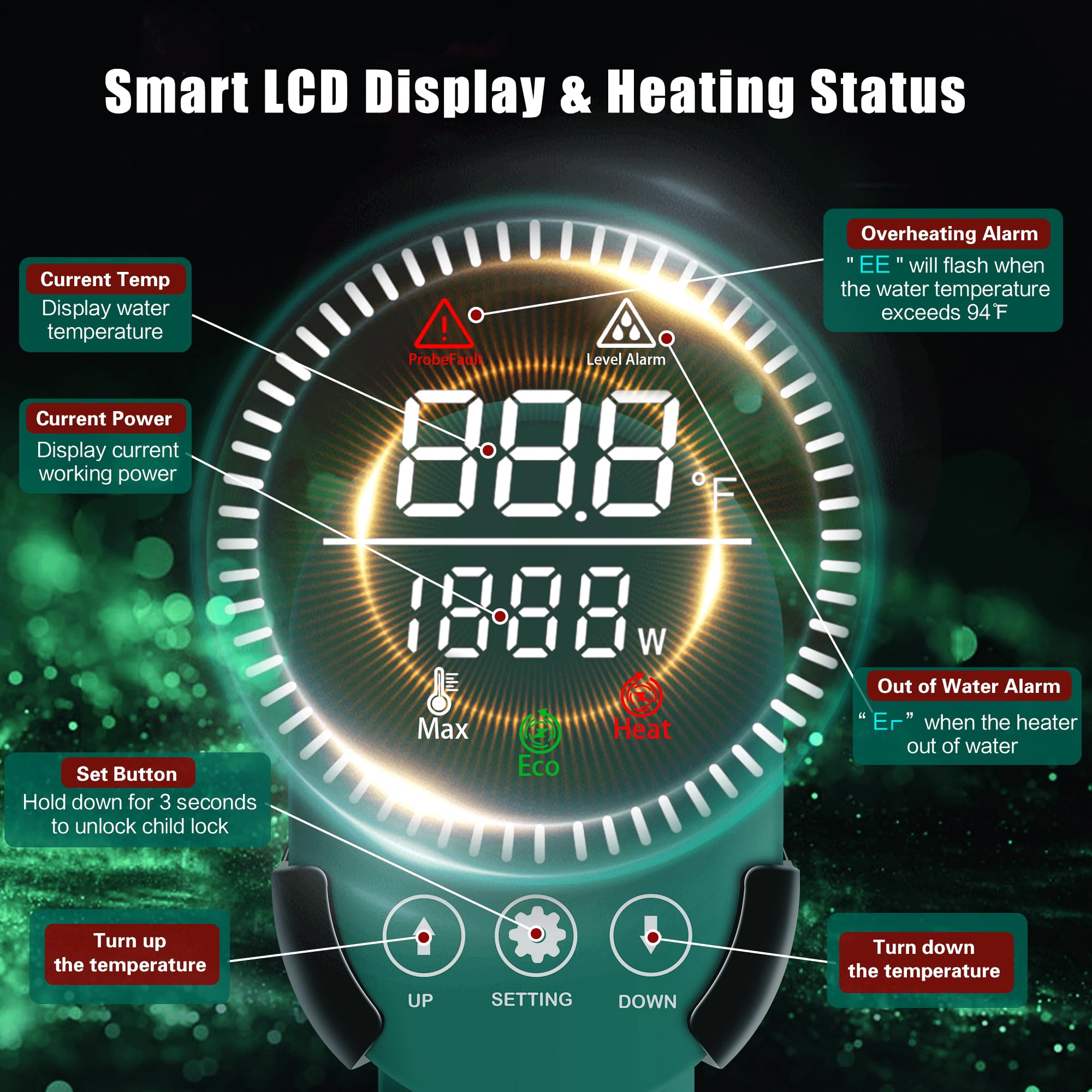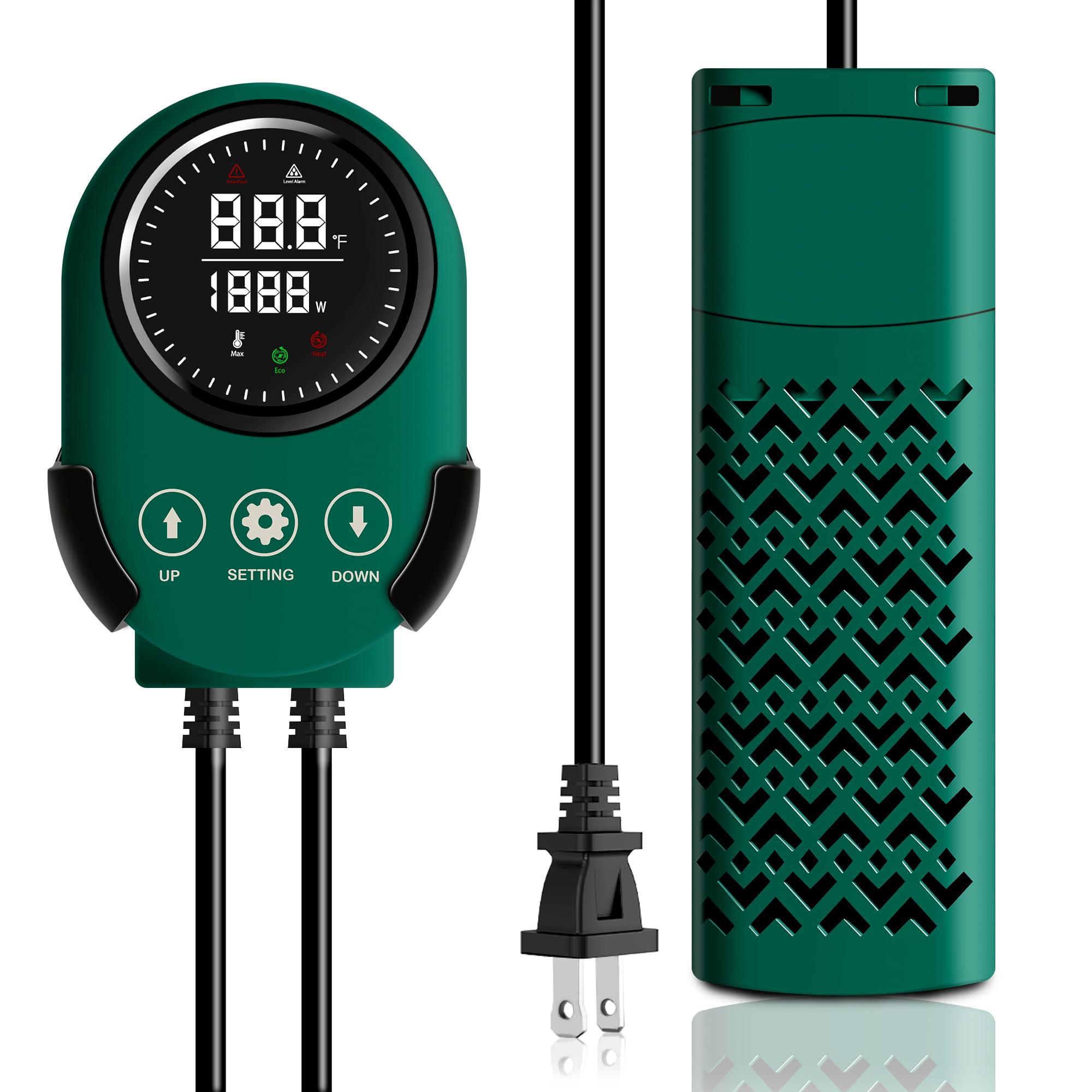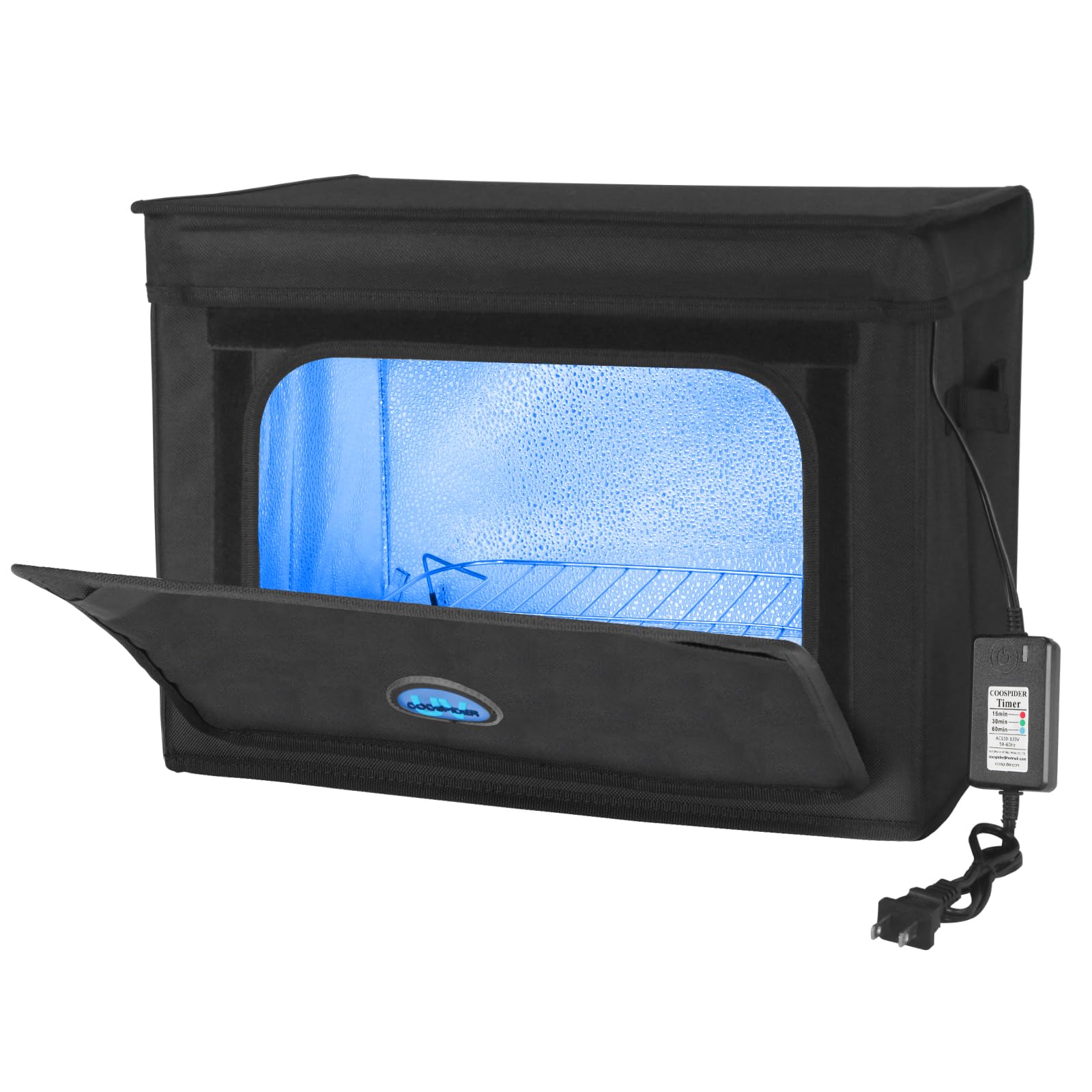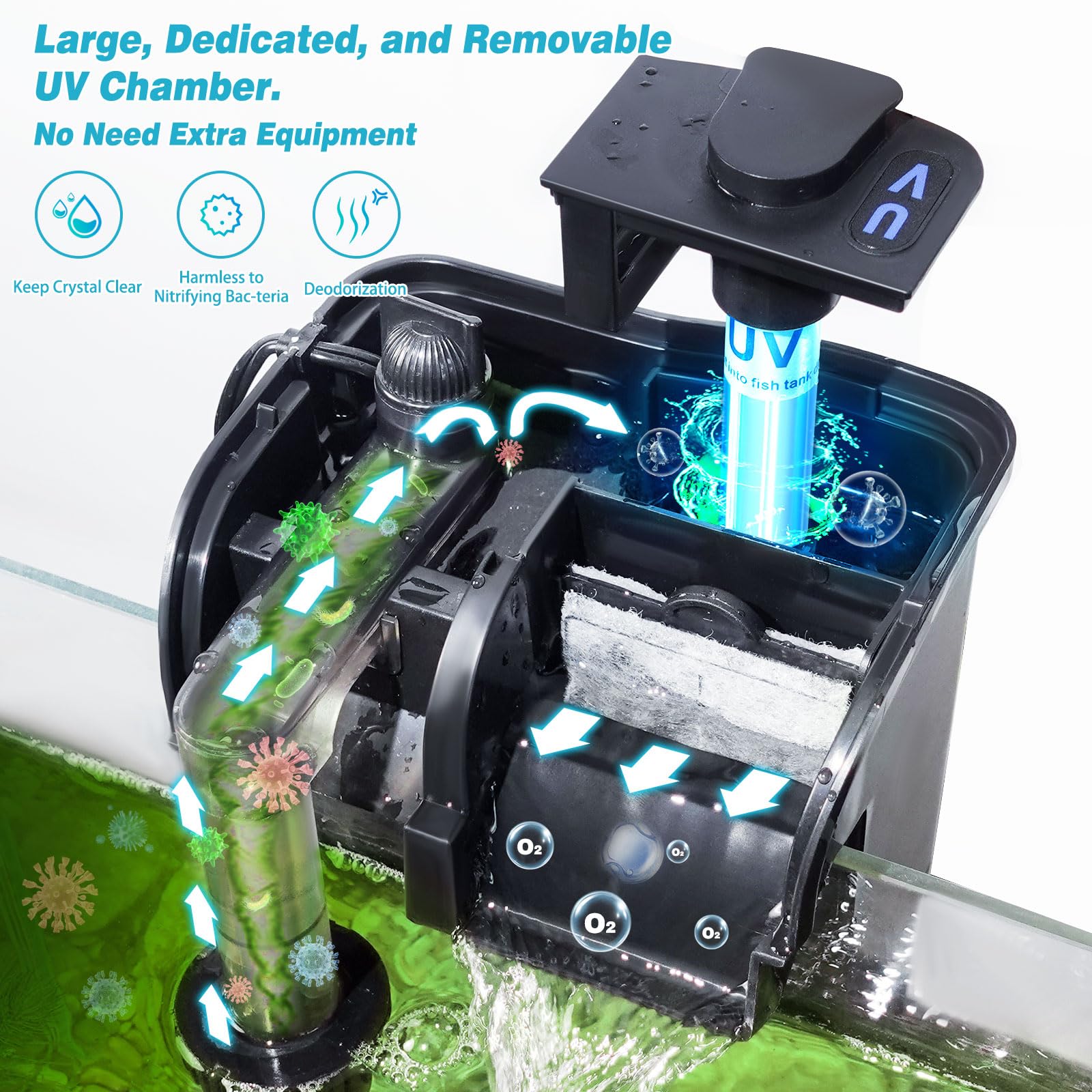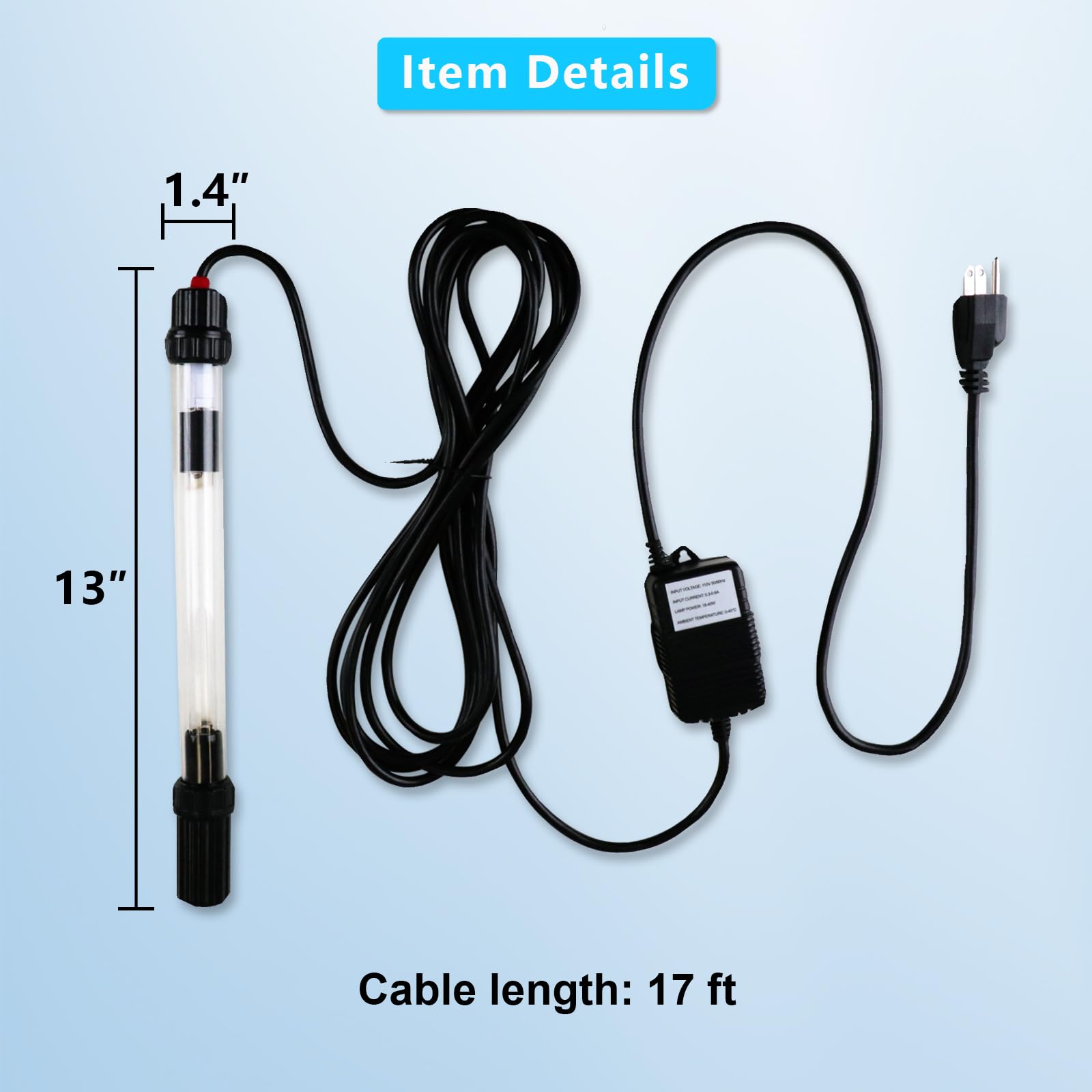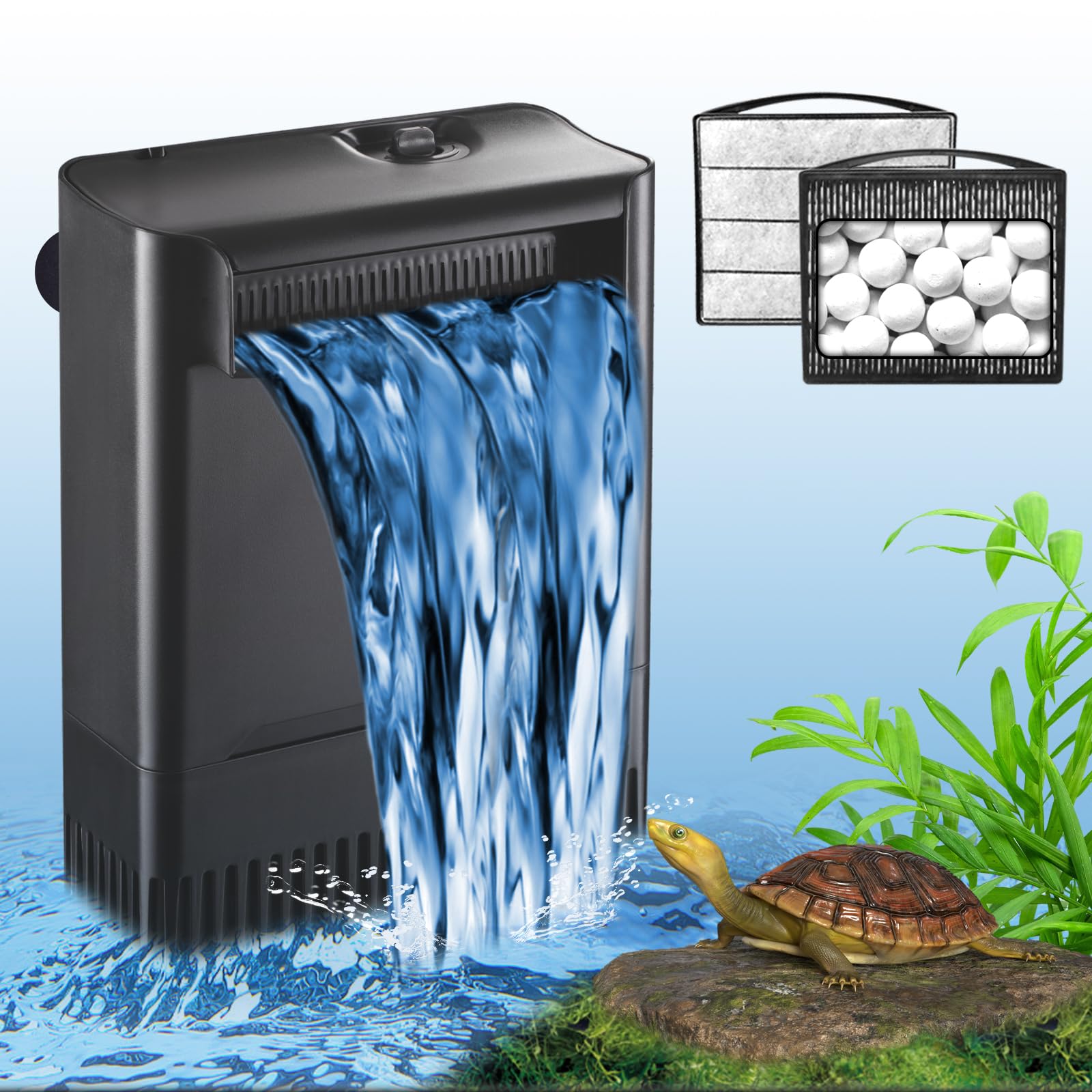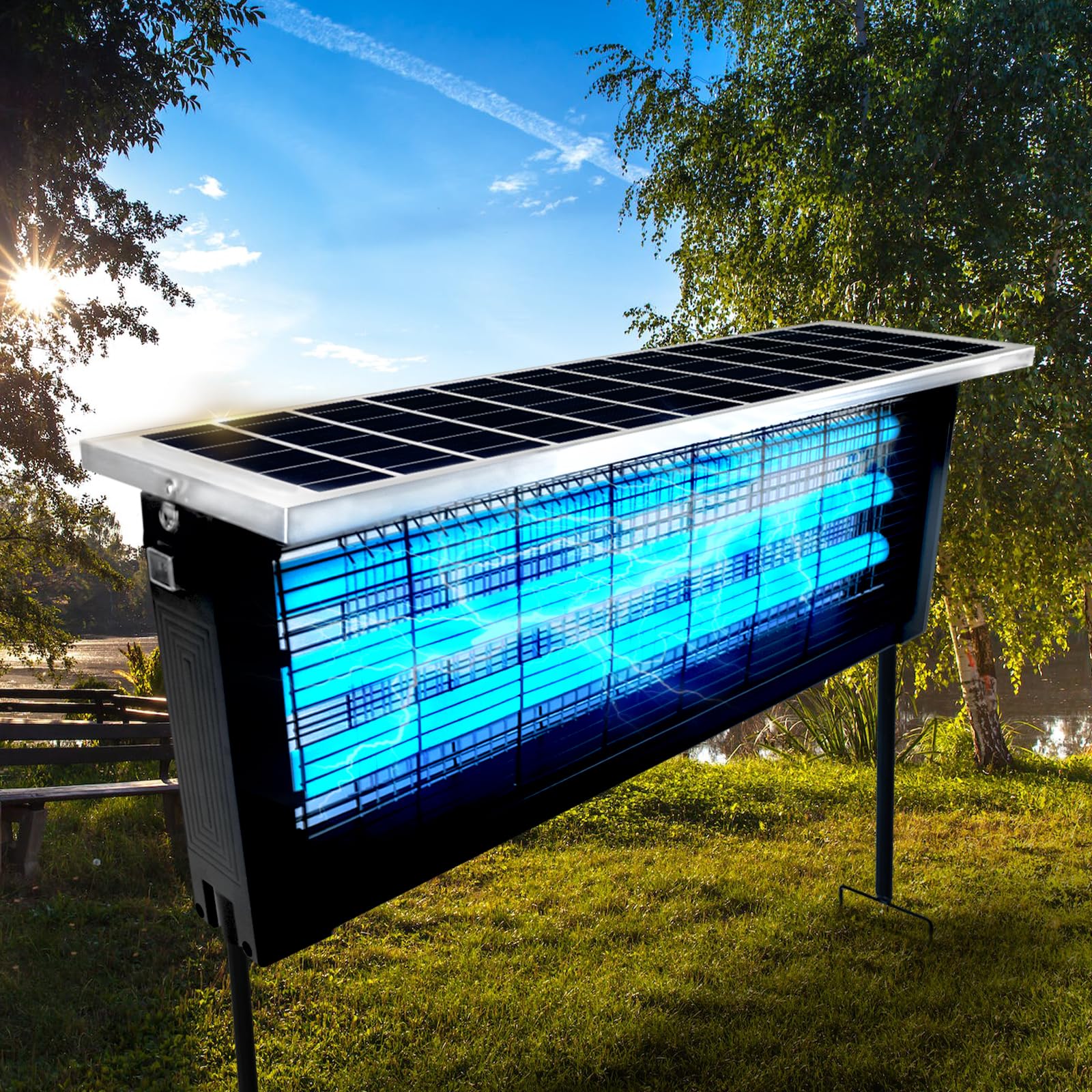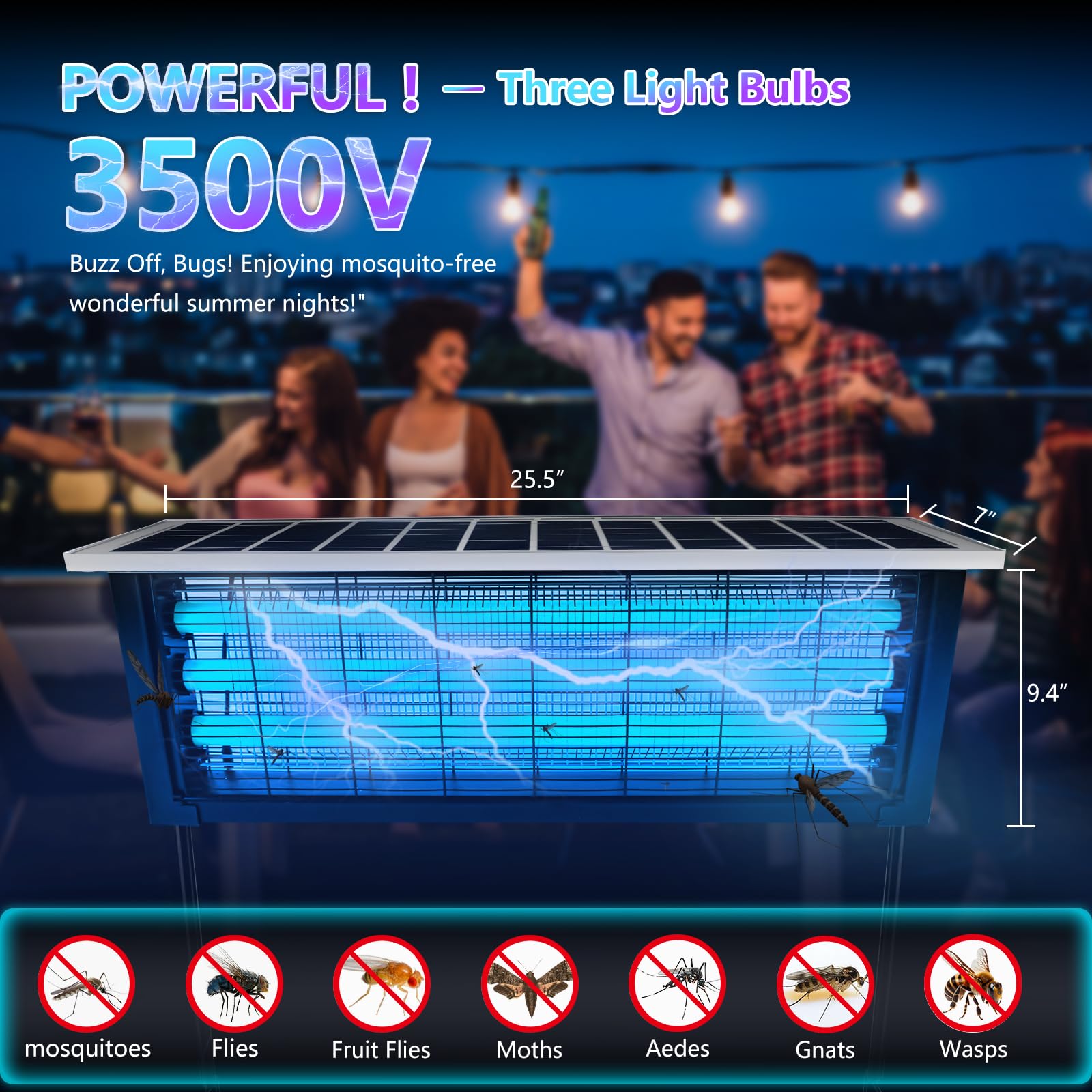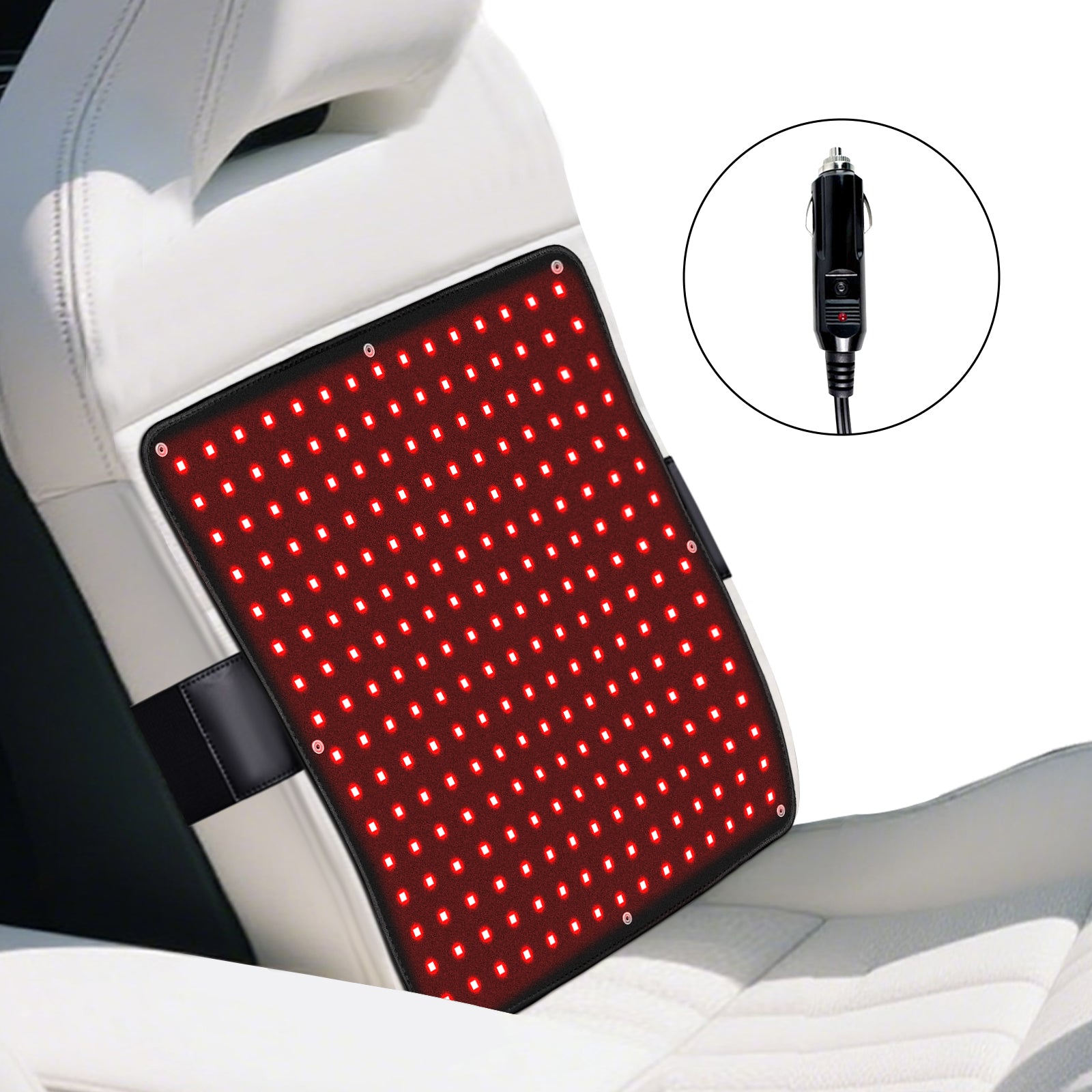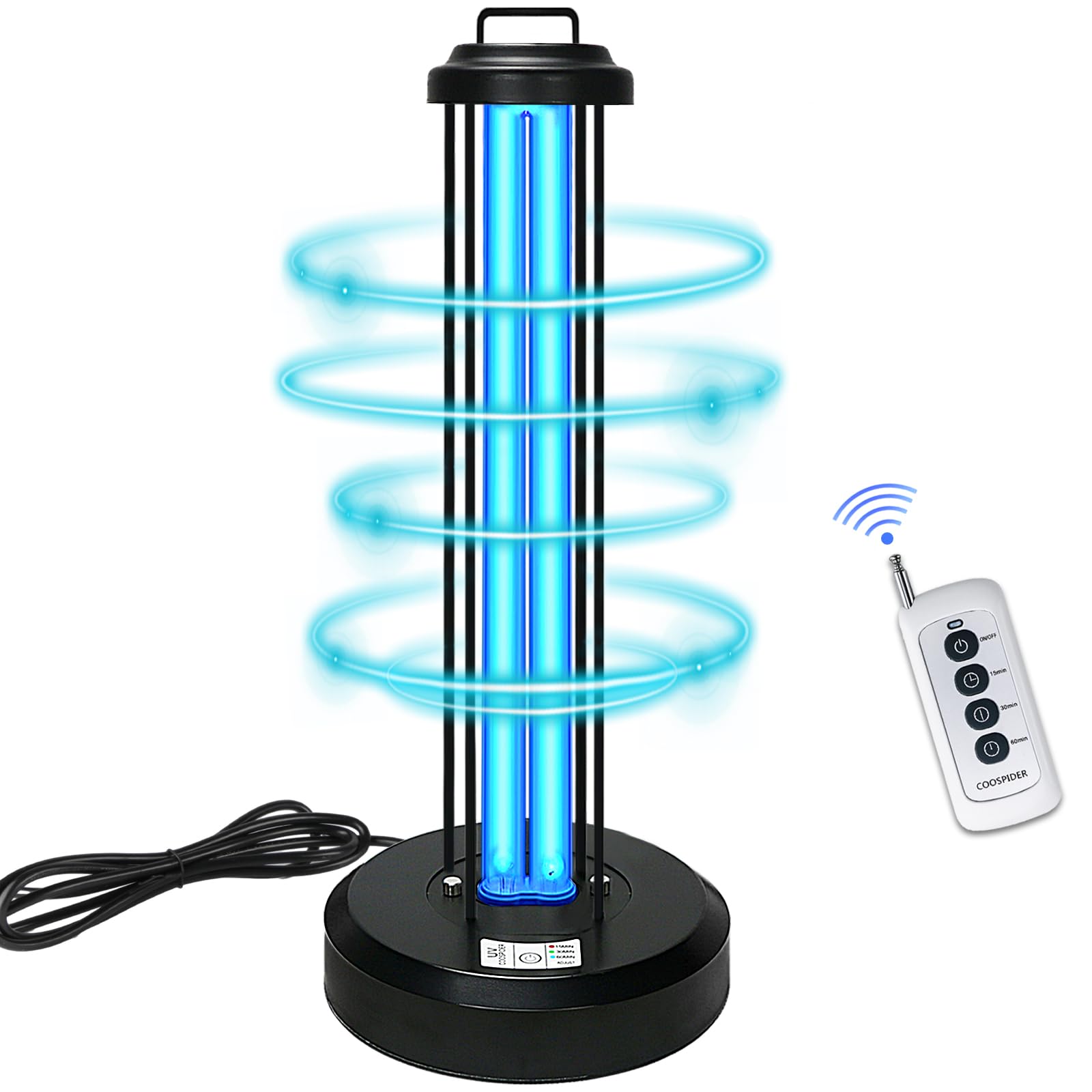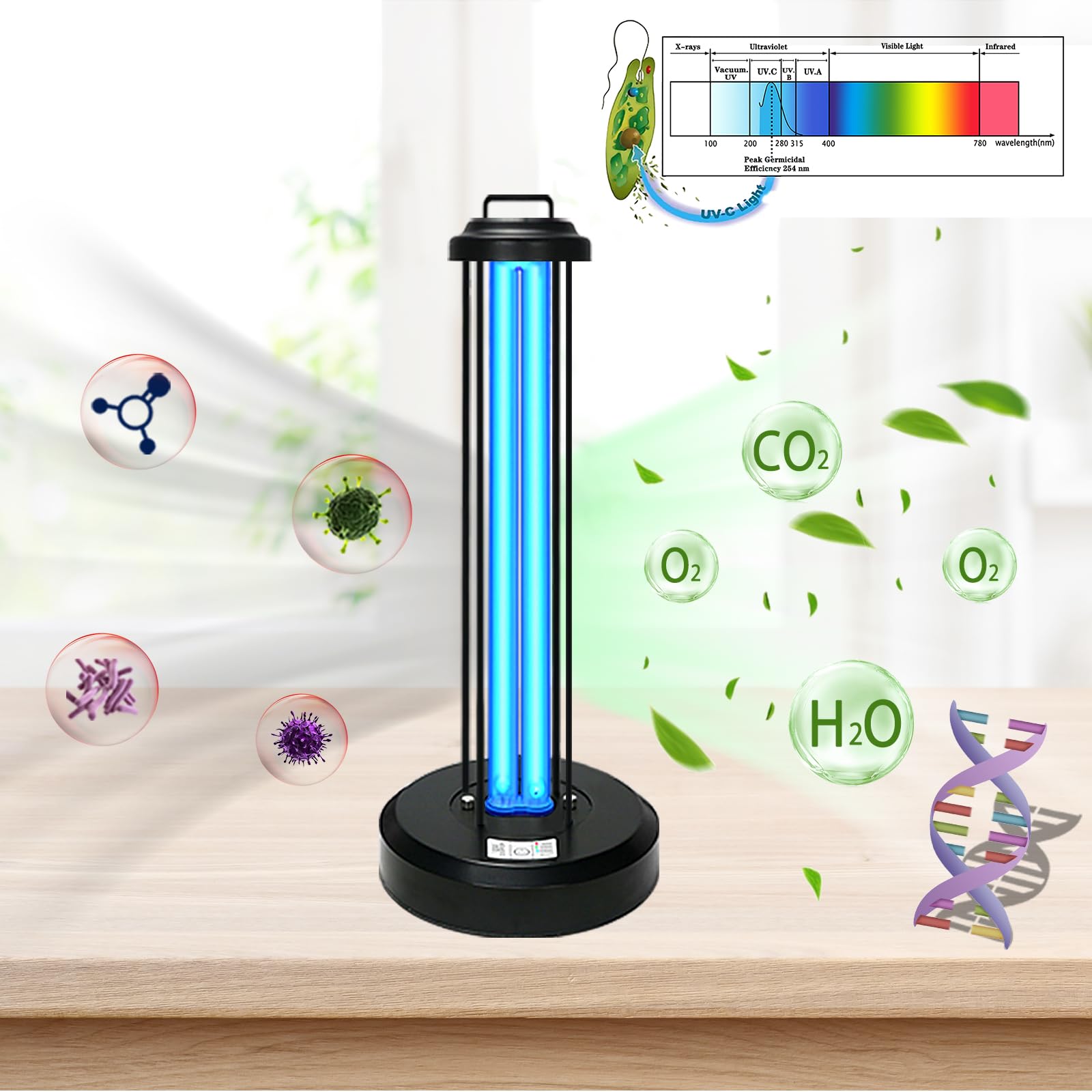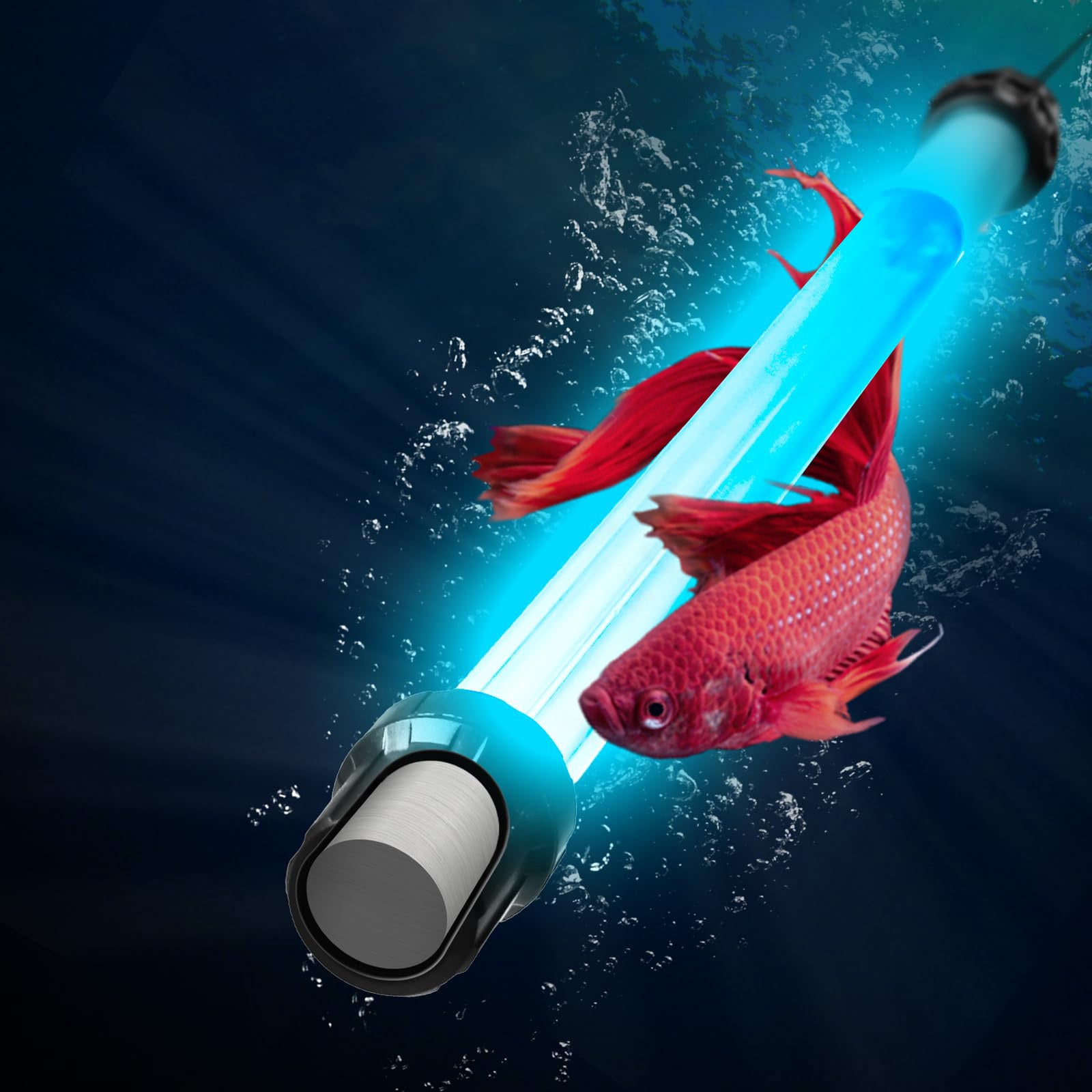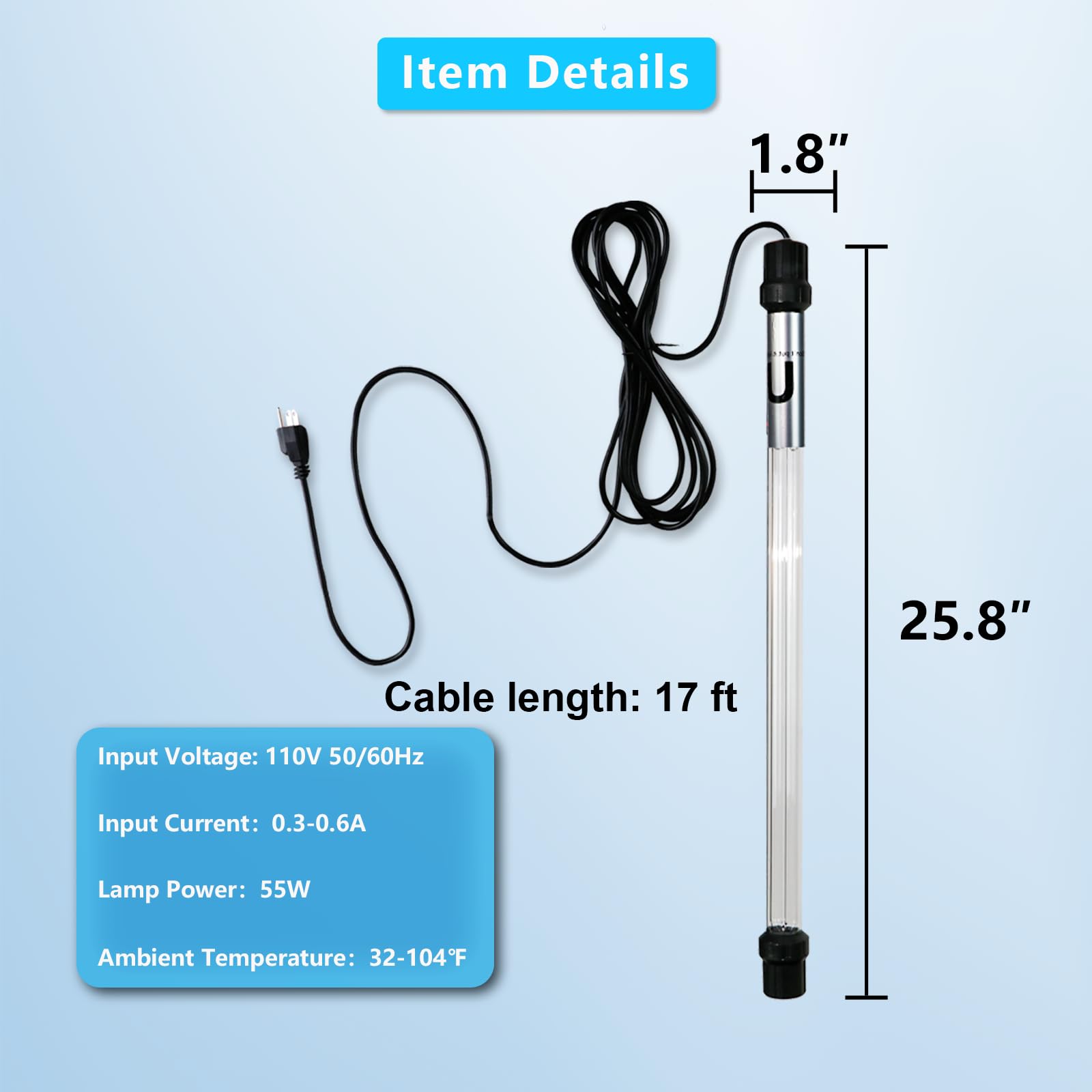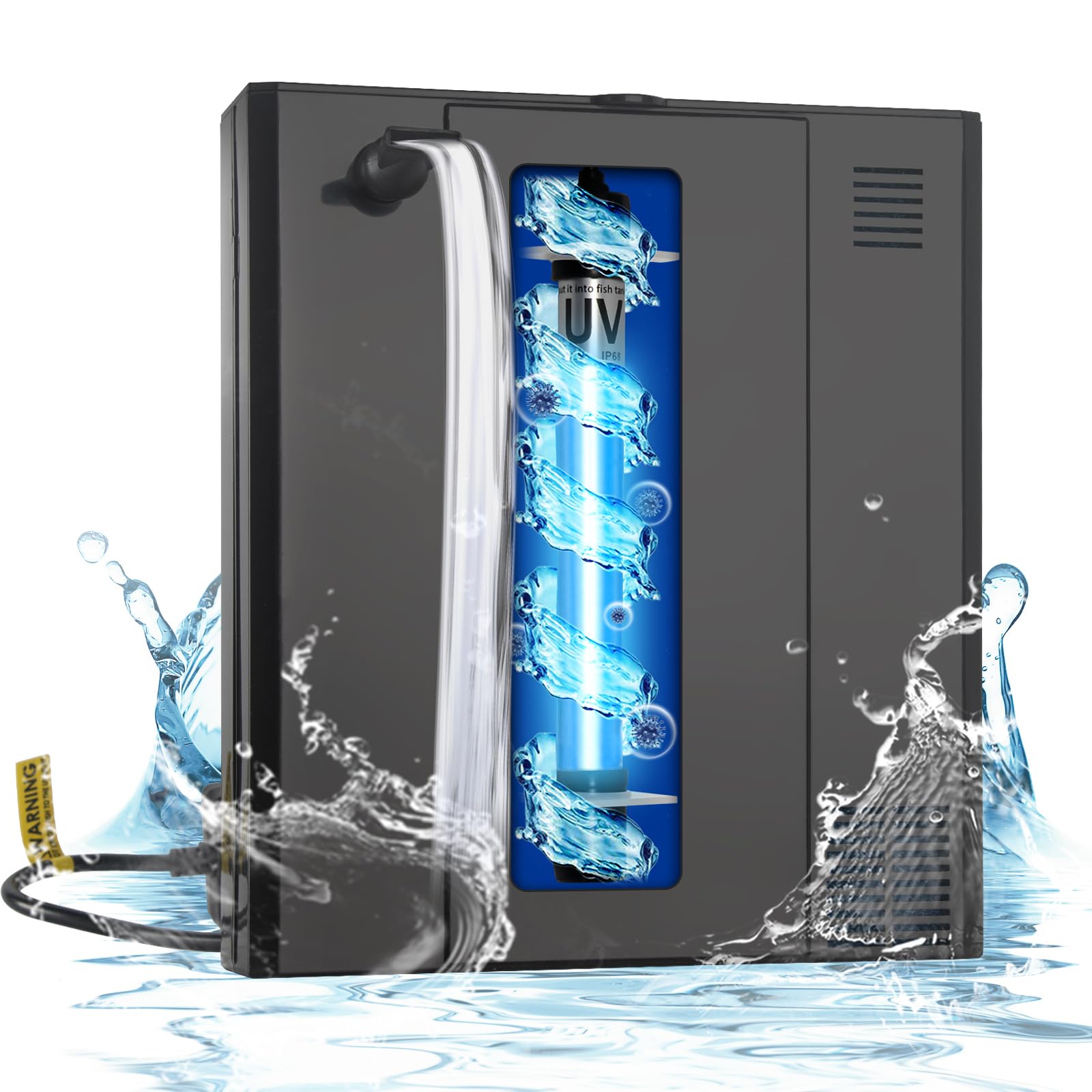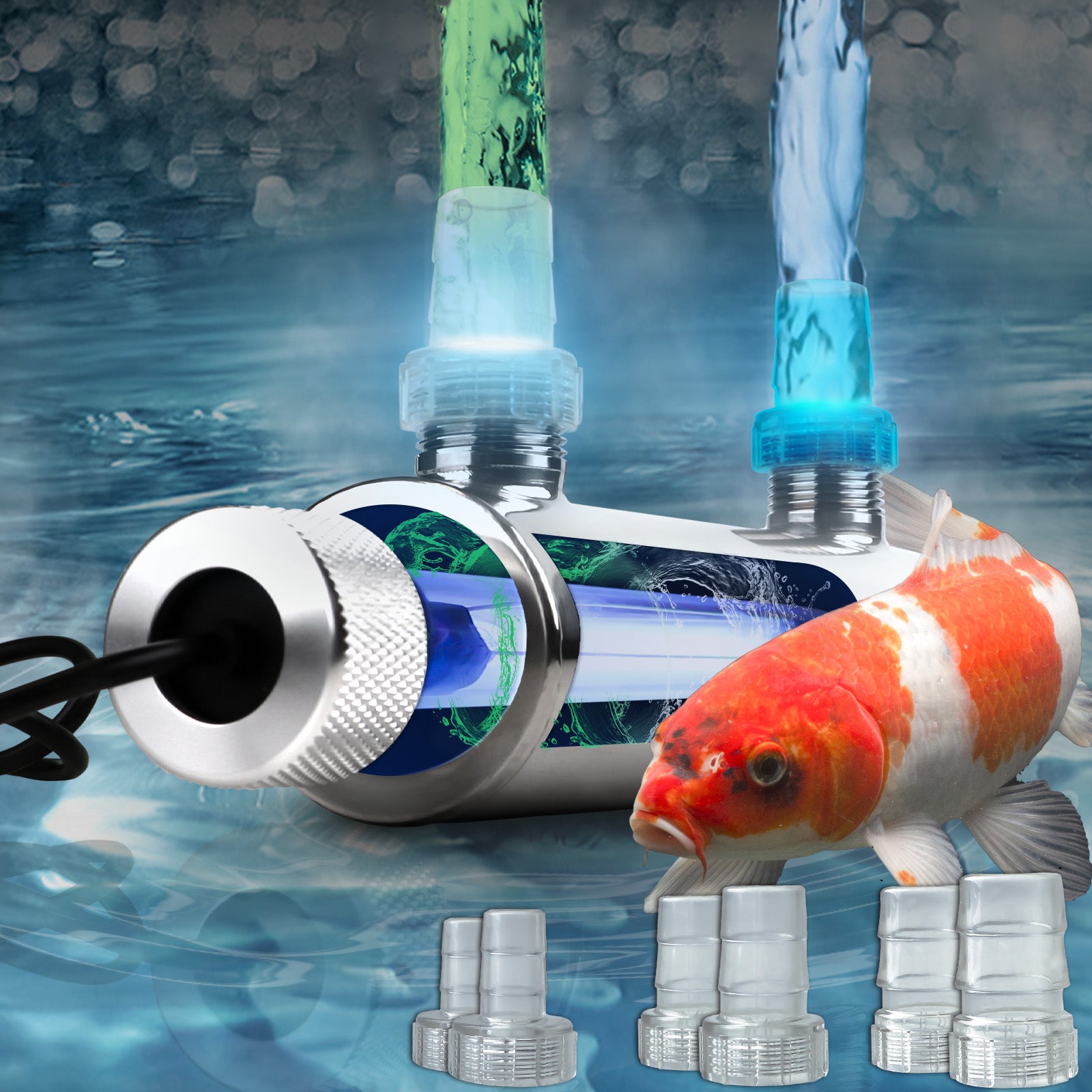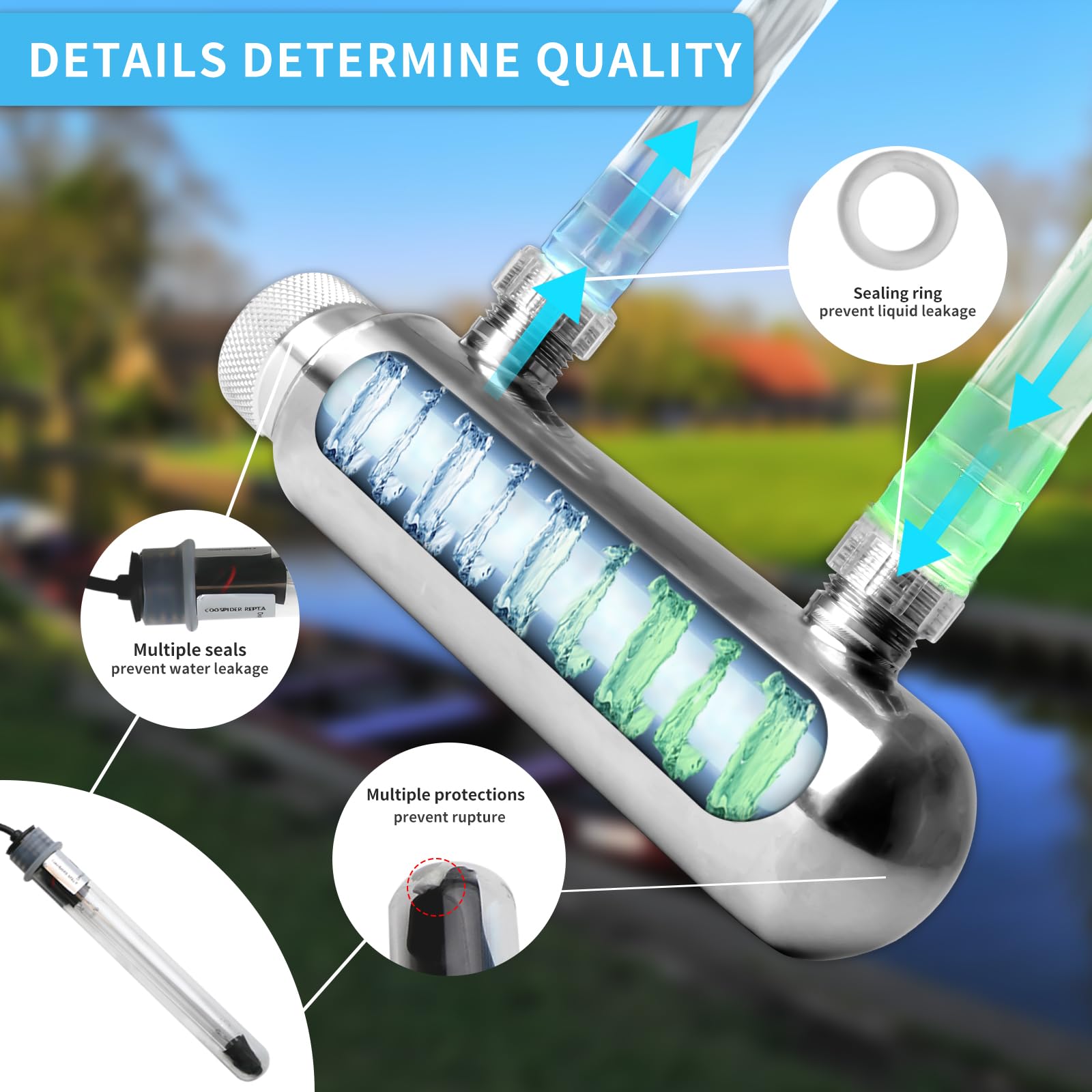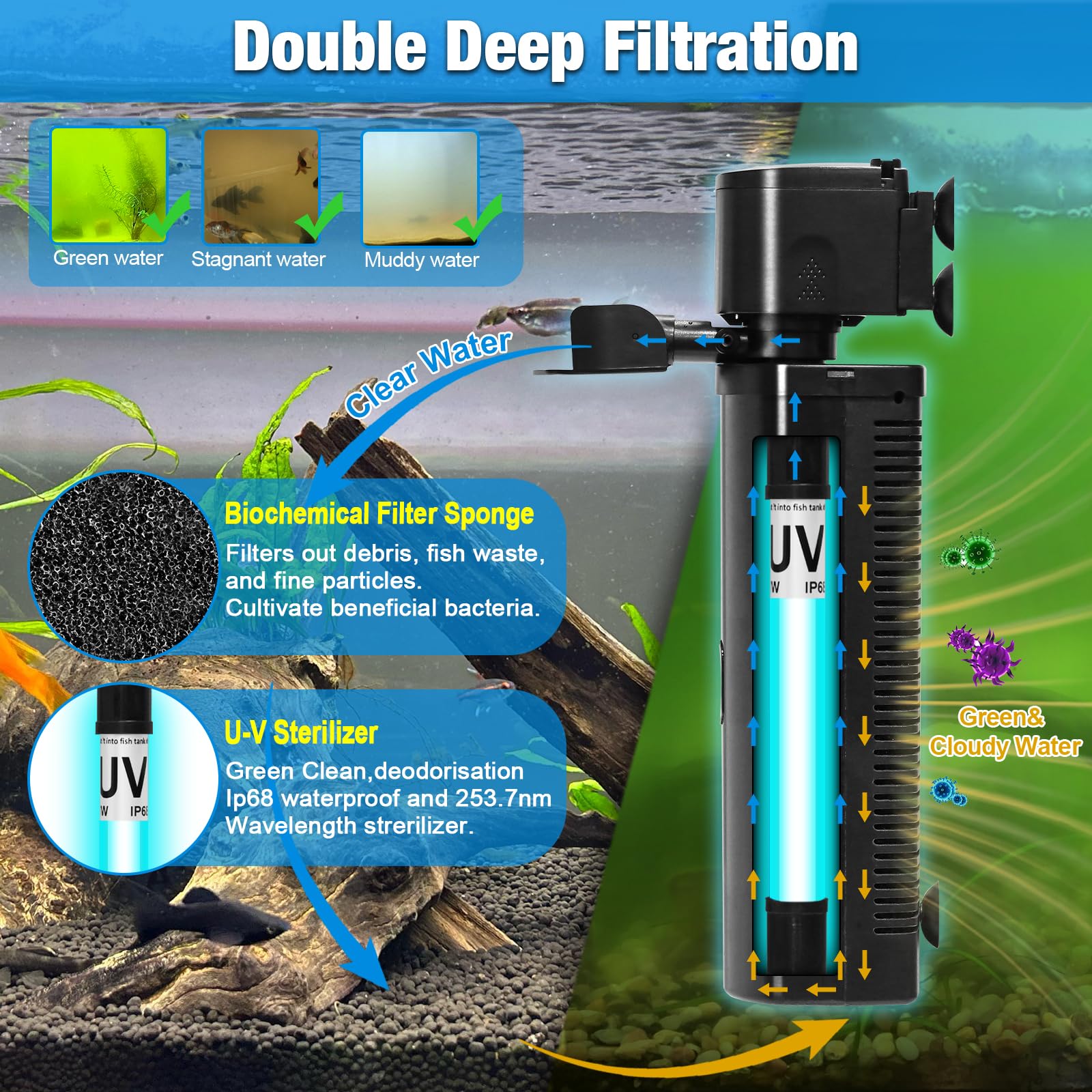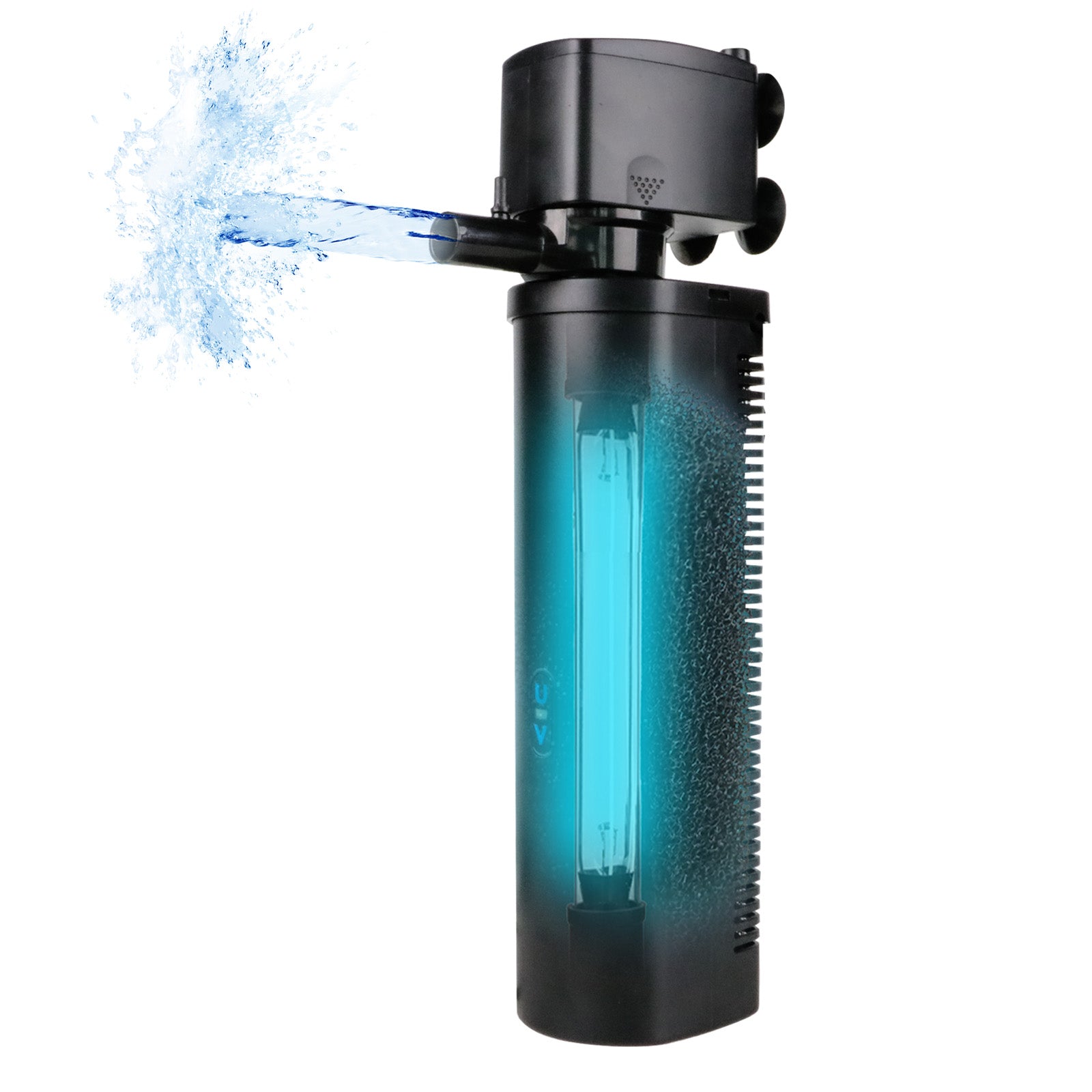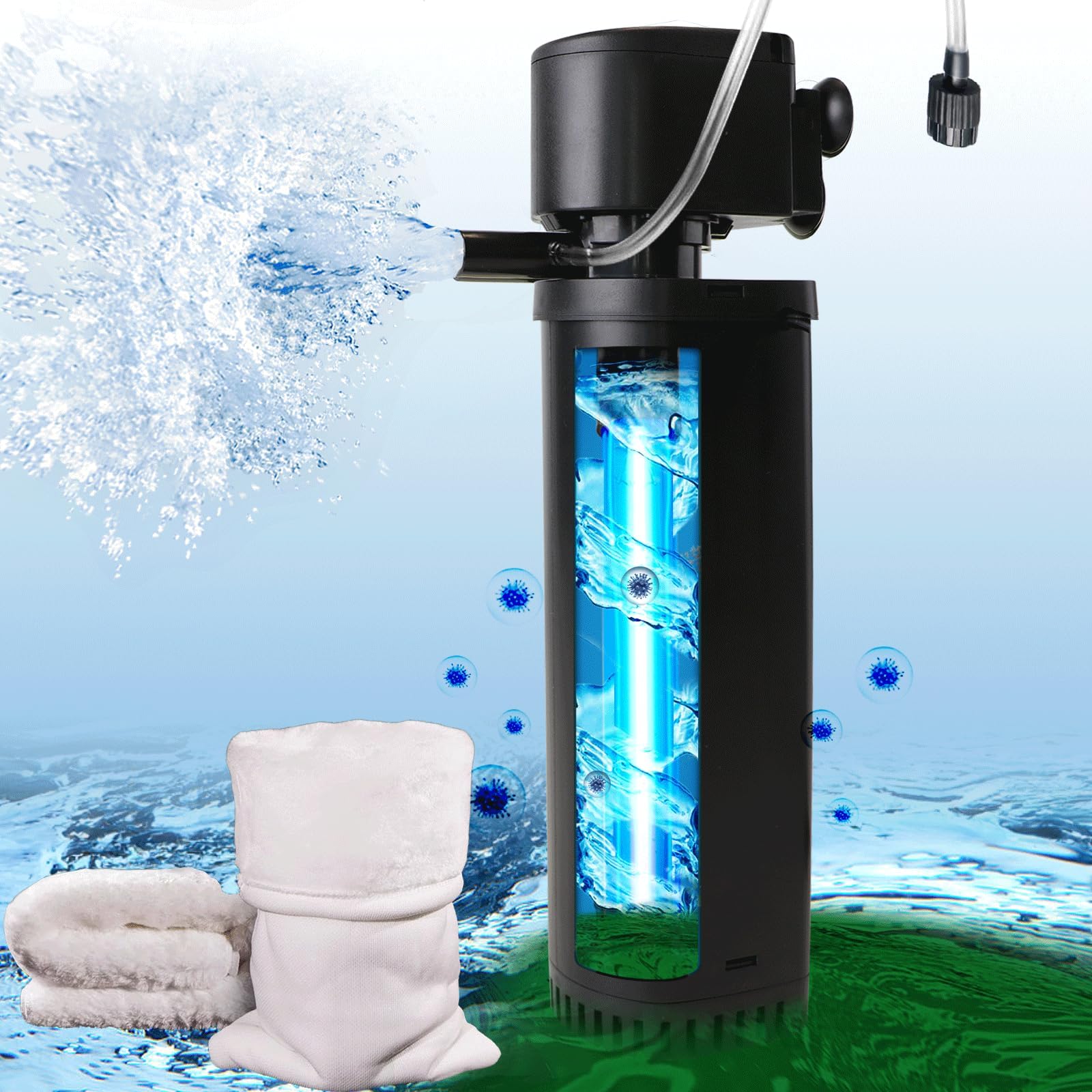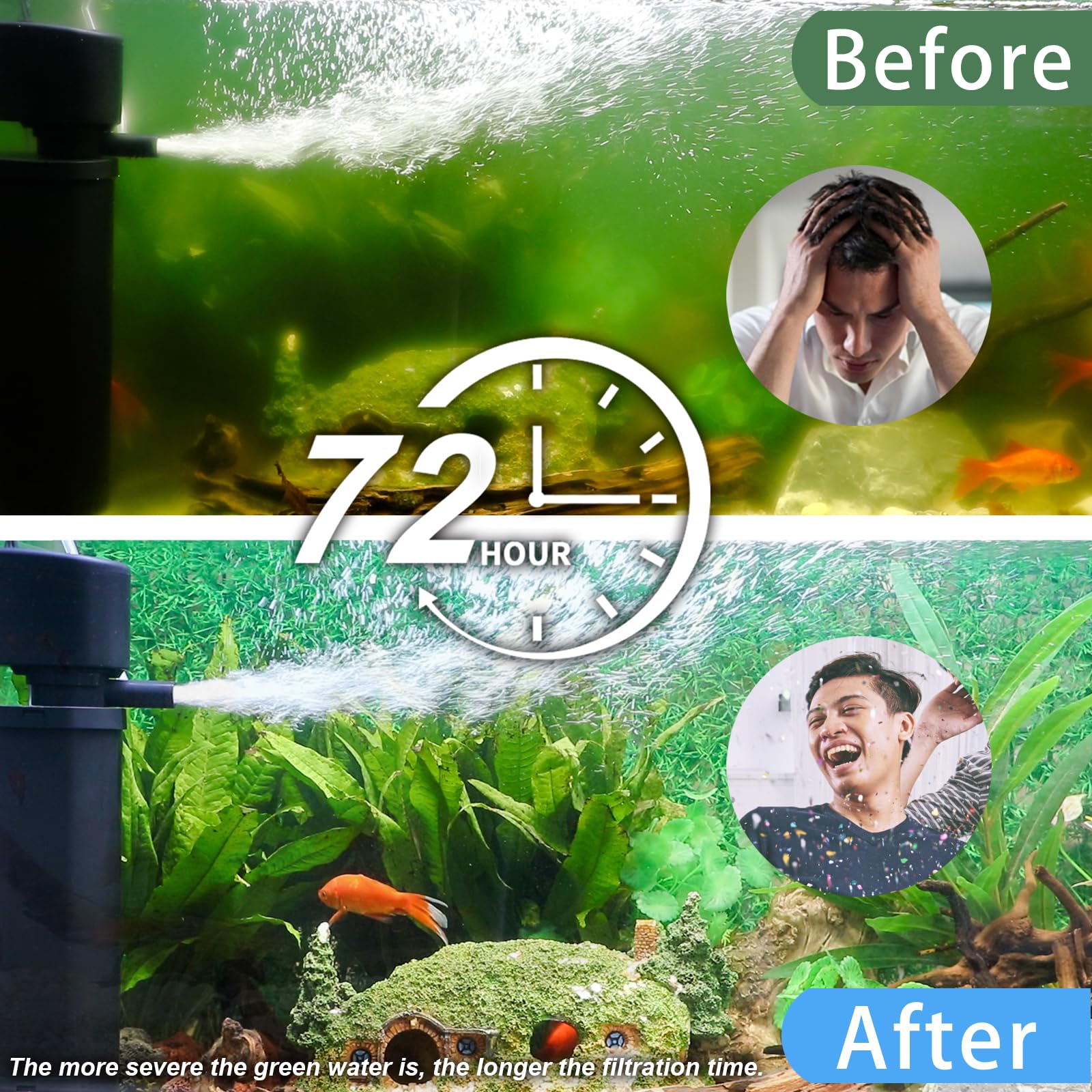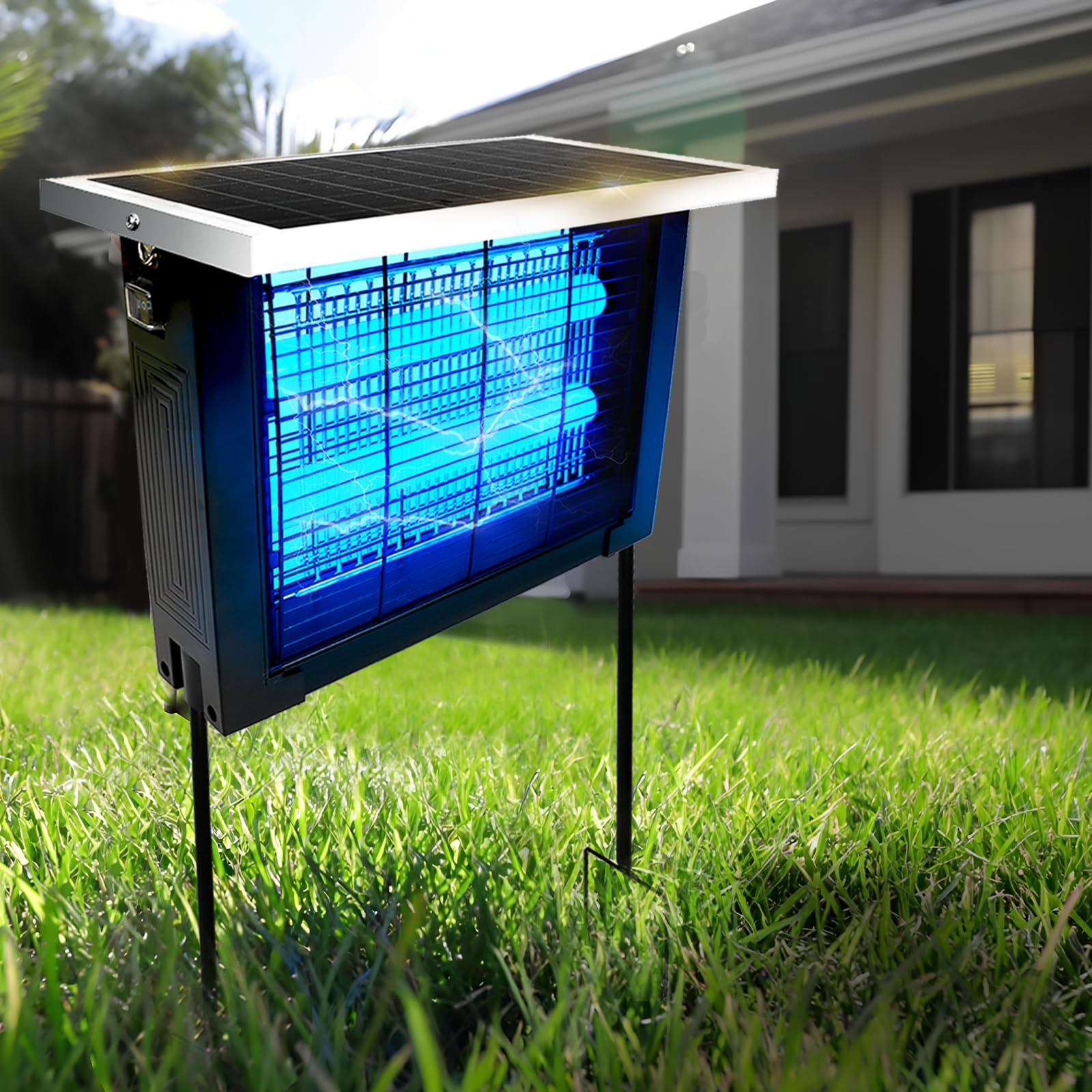An aquarium heater might be one of the simplest-looking pieces of equipment in a fish tank, but the way it’s installed can completely determine its performance, accuracy, and long-term reliability. A perfectly selected heater can still underperform—or even fail dangerously—if it’s placed incorrectly, powered on at the wrong time, or installed without regard to flow patterns and safety guidelines.
Many fishkeepers don’t realize how much heater placement affects:
-
Temperature stability
-
Heating efficiency
-
Fish comfort
-
Equipment life span
-
Safety
A poorly installed heater leads to temperature swings, cold zones, stress, and preventable fish deaths. A correctly installed heater provides a steady, uniform environment that keeps your fish thriving year-round.
This comprehensive 4,000-word guide covers everything you need to know about installing your heater the right way—from selecting the perfect position, to understanding flow dynamics, to avoiding common mistakes. Whether you’re a beginner or a seasoned aquarist upgrading your system, this guide will help you achieve stable, safe, reliable tank heating.
1. Why Proper Heater Installation Matters More Than You Think
Most people assume heating is simple: plug in the heater, drop it in the tank, set the temperature, and walk away.
However, real-world aquarium environments are more complex.
Incorrect heater installation leads to:
-
Temperature differences of 3–8°F across the tank
-
Slow heating response
-
Overheating near the heater and cold spots elsewhere
-
Constant thermostat cycling
-
Stress on fish
-
Increased heater wear
-
Higher risk of heater malfunction
Proper installation results in:
-
Even temperature distribution
-
A longer-lasting heater
-
Reduced power usage
-
Healthier fish and plants
-
Improved biological stability
-
Fewer fluctuations day and night
A heater that’s working correctly is one you never have to think about—and installation is the key to getting there.
2. Understanding How Aquarium Heaters Work (and Why Placement Matters)
To install a heater effectively, you first need to understand how it operates.
A typical aquarium heater contains:
-
A heating element that warms water
-
A thermostat that switches the heater on/off
-
A sensor (internal or external) that reads water temperature
Placement affects both:
-
How fast warm water spreads in the tank, and
-
How accurately the heater senses water temperature
A heater placed in stagnant water overheats the area near the heater, shuts off prematurely, and leaves the rest of the tank cold.
In contrast, a heater placed near strong circulation distributes warmth evenly and gives the thermostat an accurate reading.
3. The Best Heater Placement: Where Should You Install It?
Different tanks and filtration systems benefit from different installation positions. Below are the most effective heater placement strategies for nearly any aquarium.
3.1 Place the Heater Near Water Flow—Never in a Stagnant Corner
Strong water circulation is the most important factor in proper heater operation.
Ideal locations include:
-
Near the filter outlet
-
Near a powerhead or wavemaker
-
Close to an air stone that creates upward movement
-
Beside the return line of a canister filter
The goal is simple: circulate warm water across the entire tank as quickly as possible.
Why this works:
-
Heated water rises and mixes
-
Cold areas are quickly pulled toward the heater
-
The thermostat measures the real average tank temperature
-
You eliminate dangerous hot spots and cold spots
Worst places to install a heater:
-
Behind decorations
-
Hidden behind rock piles
-
Inside cramped corners
-
Beside the surface
-
In dead-flow areas untouched by the filter
Even a high-quality heater performs poorly in a poorly circulated area.
3.2 Horizontal vs. Vertical Installation: Which Is Better?
Many beginners assume heaters must be installed vertically. In reality, horizontal placement is often superior.
Horizontal placement advantages
-
More even heat distribution
-
Better water contact with the entire heater surface
-
Less risk of the heater emerging from water during evaporation
-
Ideal for tanks with strong surface agitation
-
Perfect for shallow tanks
Vertical placement advantages
-
Works well in deeper tanks
-
Some brands recommend vertical orientation
Diagonal placement: the middle ground
Many aquarists place heaters at a 45° angle:
-
Balances warm-water rise
-
Ensures good circulation
-
Reduces stress on the heater glass/titanium body
Which orientation is best?
-
Horizontal: best for most freshwater tanks
-
Diagonal: excellent all-purpose solution
-
Vertical: only if manufacturer recommends it or space is limited
Always follow brand-specific instructions when in doubt.
3.3 Positioning the Heater Low in the Tank
Heat rises—this is why placing the heater lower often works better.
Benefits of low placement:
-
Prevents the heater from becoming exposed during water changes
-
Ensures consistent heating of the coldest water
-
Protects the unit from overheating when evaporation lowers water level
A heater exposed to air while running may:
-
Crack
-
Overheat
-
Melt its plastic components
-
Shock the tank with sudden temperature changes
Placing your heater near the bottom minimizes these risks.
3.4 Using Multiple Heaters for Large Tanks
For tanks over 55 gallons, using two smaller heaters instead of one large heater offers many advantages.
Why two heaters are better:
-
More even distribution
-
Reduced strain on individual units
-
Backup if one heater fails
-
Safer for sensitive fish
-
Less temperature lag in wide or long aquariums
Recommended placement:
-
One heater on each side of the tank
-
Both near strong water movement
Using multiple heaters eliminates large temperature gradients.
3.5 Special Placement for Different Tank Types
Planted Tanks
-
Use an inline heater with a canister filter
-
Keeps the tank visually clean
-
Provides ultra-even heating
Cichlid Tanks
-
Use titanium heaters
-
Place behind protective guards
-
Avoid exposed glass
Turtle Tanks
-
Only use titanium heaters
-
Mount horizontally or in external heater chambers
Betta Tanks
-
Use small adjustable micro-heaters
-
Avoid placement near the filter output to reduce stress
Nano Tanks
-
Place heaters centrally
-
Horizontal positioning usually required
Each tank type has unique needs.
4. Temperature Settings: How to Achieve and Maintain Stability
Choosing the correct temperature is only half the job—maintaining that temperature consistently is the real challenge.
4.1 Know Your Species’ Ideal Temperature Range
Each type of fish, plant, and invertebrate has its own tolerance. Below are common temperature guidelines:
Tropical freshwater
-
75–80°F
-
Ideal for tetras, guppies, mollies, barbs, rasboras, corydoras
Betta fish
-
78–80°F
-
Prefer warmer water than most community fish
Goldfish
-
Do NOT need heaters
-
Ideal 65–72°F
-
Too much heat shortens lifespan
African Cichlids
-
76–82°F
Saltwater & reef tanks
-
76–80°F
Shrimp tanks
-
70–78°F
The goal isn't precision but consistency within the safe range of your species.
4.2 Let the Heater Acclimate Before Turning It On
This is a step many people skip—but it’s absolutely essential.
The rule:
Place the heater in the tank for 20–30 minutes before plugging it in.
This allows the heater’s internal components to match the tank’s temperature and prevents:
-
Glass cracking
-
Thermostat miscalibration
-
Sudden heating spikes
Never rush this step.
4.3 Adjusting Temperature Gradually
When raising or lowering temperature:
-
Change no more than 1–2°F per day
-
Sudden changes shock fish and cause stress
This is especially important when treating illness with elevated temperatures.
4.4 Using a Separate Thermometer
Never rely solely on a heater’s dial or digital screen.
Use an independent thermometer:
-
Digital probe
-
Floating thermometer
-
Adhesive strip (backup only)
Comparing readings ensures accuracy and protects your tank from heater malfunctions.
4.5 The Role of Room Temperature
A heater works harder when the room is cold.
If the room temperature drops significantly:
-
Your heater might run constantly
-
Temperature may fluctuate
-
A stronger heater or second heater may be necessary
A stable room environment helps maintain consistent tank temperatures.
5. Safety Essentials: Prevent Heater Damage and Disaster
Heaters are safe when used correctly—but dangerous when misused. A faulty or overheated heater can cause:
-
Burns
-
Electrical failure
-
Tank overheating
-
Cracked glass
-
Fish stress or death
Below are the most important safety practices.
5.1 Do NOT Plug in the Heater When It’s Out of Water
This is the fastest way to destroy a heater.
Running dry causes:
-
Overheating
-
Cracks
-
Explosion risks
Always unplug the heater before:
-
Water changes
-
Moving decor
-
Adjusting water levels
5.2 Always Unplug the Heater Before Water Changes
Even if the heater remains submerged, unplug it.
Why?
-
Exposure to air causes shock temperature changes
-
Splashes may crack the glass
-
Sudden cold currents may snap the heating element
Allow the heater to cool 10 minutes before removing it from water.
5.3 Use a Heater Guard for Larger Fish or Turtles
Cichlids, plecos, and turtles are notorious for:
-
Knocking over heaters
-
Cracking glass
-
Burns
A simple guard prevents damage to both heater and animals.
5.4 Use GFCI Outlets and Drip Loops
Add a drip loop to the power cord to prevent water from reaching the outlet.
Using a GFCI outlet can prevent electrocution in case of:
-
Water spills
-
Condensation
-
Equipment failure
5.5 Avoid Burying or Covering the Heater
Gravel or decorations trap heat and cause overheating.
Always keep at least 2 inches of clearance around the heater.
5.6 Avoid Placing the Heater Behind Hardscape
Fake plants or rocks limit water circulation and cause:
-
Hot pockets
-
Inconsistent temperatures
-
Heater stress
Keep the heater exposed where water moves freely.
6. Troubleshooting Common Heater Problems (and How to Fix Them)
Even good heaters can encounter issues. Here’s how to diagnose and correct common problems.
Problem 1: Temperature Doesn’t Reach the Setting
Likely causes:
-
Heater is underpowered
-
Poor placement
-
Weak water flow
Fix: Increase wattage or reposition near the filter output.
Problem 2: Temperature Fluctuates by Several Degrees
Likely causes:
-
Faulty thermostat
-
Placement too close to cold inflow
-
Heater cycling too frequently
Fix:
-
Move heater
-
Add another heater
-
Upgrade to a more reliable brand
Problem 3: Heater Overheats the Tank
Causes:
-
Thermostat failure
-
Placement near stagnant water
Fix: Replace heater immediately. Do not risk reusing malfunctioning units.
Problem 4: Heater Makes Clicking Noises
Clicking is normal for many thermostatic heaters.
However, loud or rapid clicking suggests inconsistent temperature reading.
Fix: Ensure strong water flow around the heater.
Problem 5: Condensation Inside the Heater
This is extremely dangerous.
Fix: Unplug immediately and replace. Condensation indicates failure of waterproof seals.
7. Step-by-Step Heater Installation Checklist
Follow this checklist to ensure perfect installation:
-
Choose a heater appropriate for tank size
-
Place the heater near good water flow
-
Position it horizontally or diagonally for best results
-
Submerge fully
-
Wait 20–30 minutes before plugging in
-
Set desired temperature
-
Monitor with an independent thermometer
-
Recheck after 2–6 hours
-
Recheck the next morning
-
Adjust placement or temperature as needed
This simple sequence eliminates nearly all common heater problems.
8. Advanced Setup Options for Better Temperature Control
Some aquarists take heating to the next level.
External Temperature Controllers
These:
-
Improve accuracy
-
Provide redundancy
-
Prevent overheating
Perfect for expensive fish or sensitive environments.
Inline Heaters
Installed on filter hoses:
-
Invisible inside the tank
-
Extremely stable
-
Ideal for aquascapes
Dual-Heater Systems
Using two heaters at lower wattage reduces risk and improves stability.
Heating Cables
These warm the substrate and promote plant growth, especially in large planted tanks.
Conclusion: Smart Installation Makes All the Difference
Choosing a heater is only half the job—installing it properly is what makes your aquarium stable, safe, and comfortable for your fish.
When you follow the guidelines described in this 4,000-word installation guide, you will:
-
Avoid common mistakes
-
Maintain consistent temperatures
-
Prevent heater damage
-
Ensure fish health
-
Extend the life of your heater
-
Create a stable aquatic ecosystem
A well-installed heater becomes invisible—it quietly does its job day after day.

